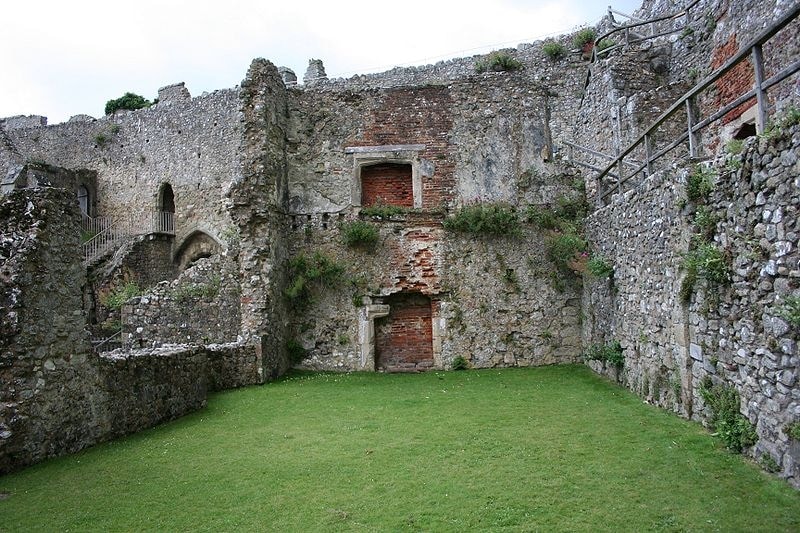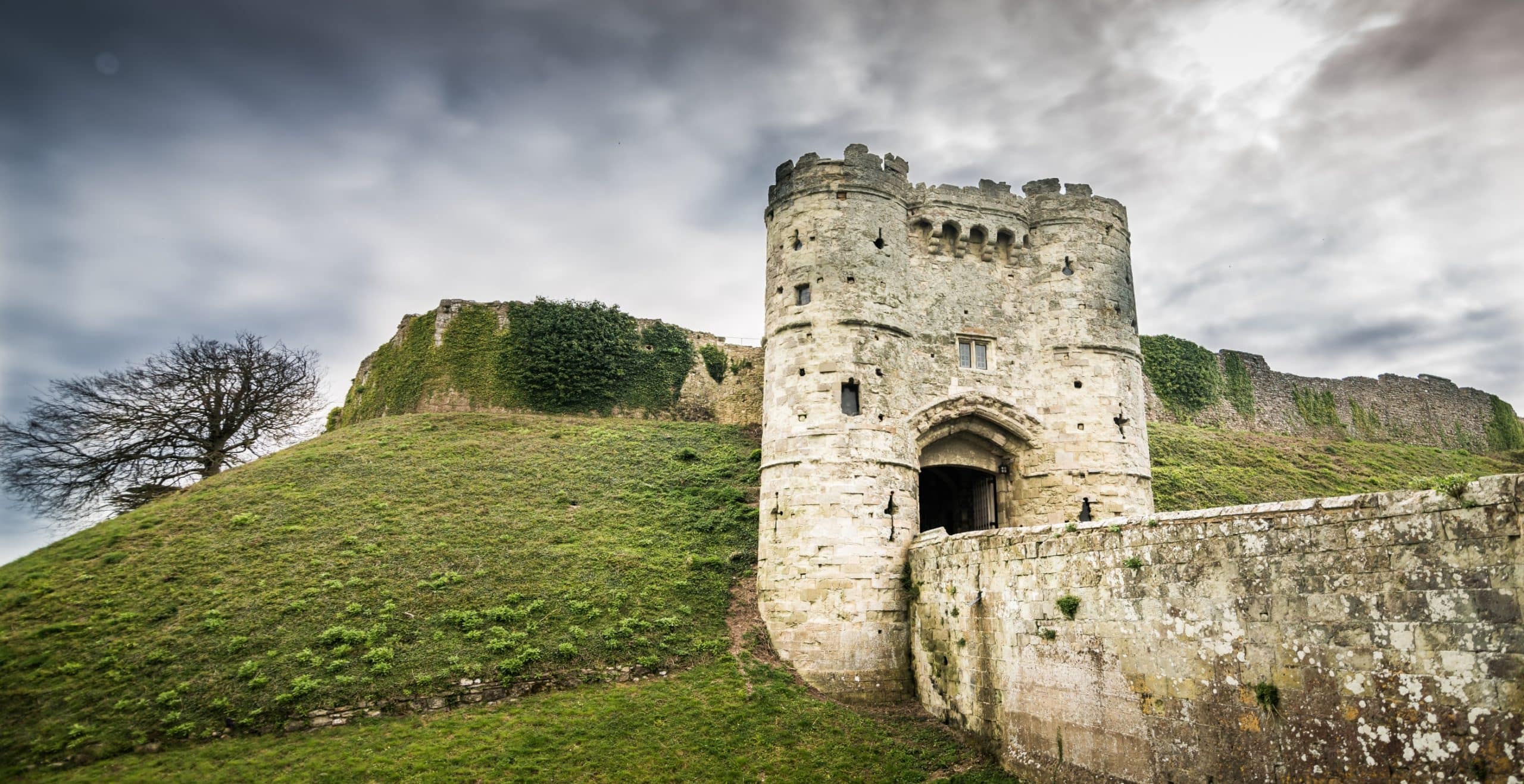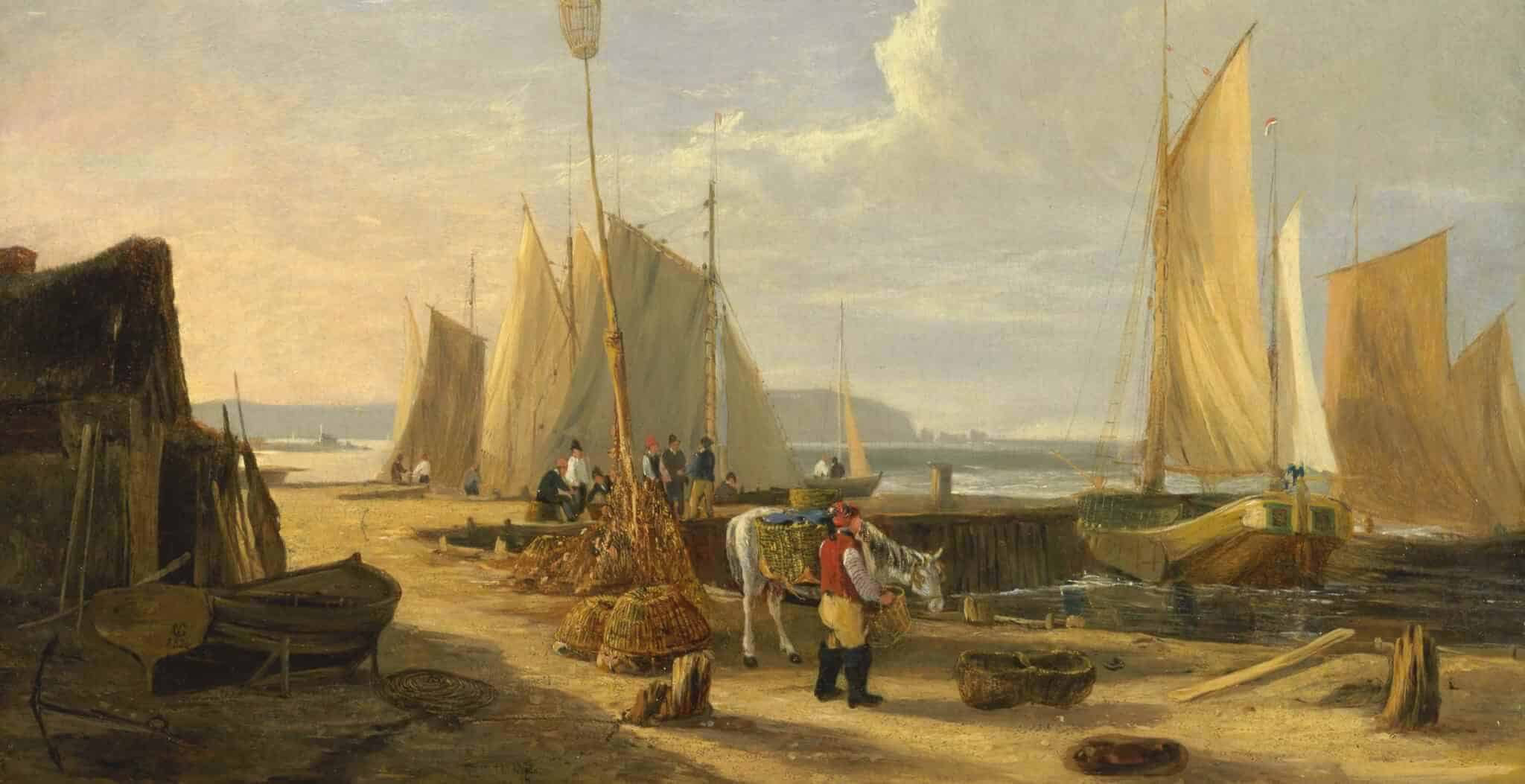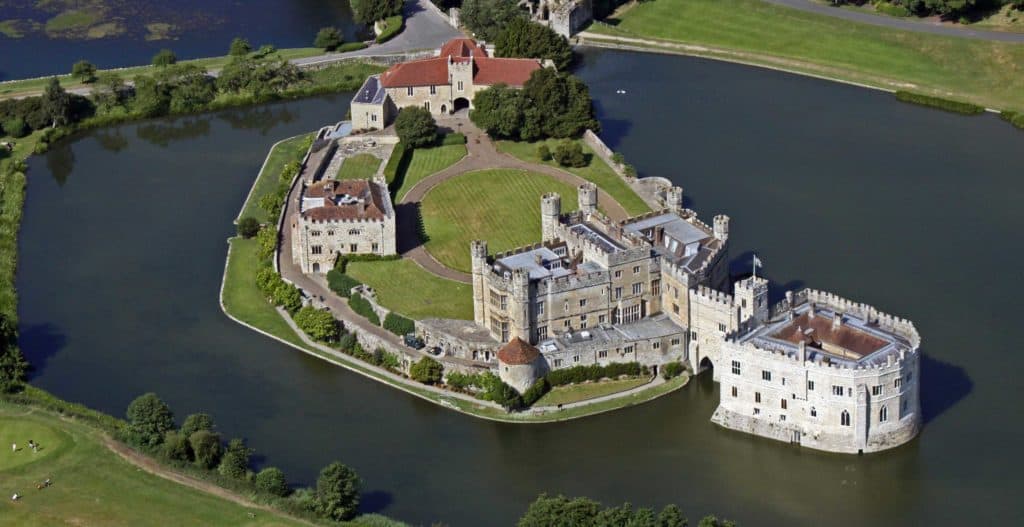Telephone: 01983 522107
Website: https://www.english-heritage.org.uk/visit/places/carisbrooke-castle/
Owned by: English Heritage
Opening times: Open 10.00-16.00. Dates vary throughout the year, see the English Heritage website for more information. Entrance charges apply to visitors who are not English Heritage members. For Carisbrooke Castle Museum opening times, visit their website: https://carisbrookecastlemuseum.org.uk/visiting/ Admission to the museum is included in the castle entrance fee.
Public access: Parking is available 50-100 metres from the entrance. Disabled parking available in the main castle car park. Please telephone 01983 522107 in advance to book. The well house and ground floor of the museum are wheelchair accessible, but the wall walk and upper floor of the museum are not. Dogs on leads are allowed, but not in the museum. Assistance dogs welcome.
Carisbrooke Castle on the Isle of Wight has played a unique role in British history from Saxon times to the present day. There was possibly a Roman foundation here, part of the chain of Saxon Shore forts. Although it is known that there has been a fortress on this site since Saxon times, from AD 544 onwards, the present stone Norman motte and bailey castle was started around 1100. William Fitz Osbern may have been responsible for the first Norman foundation on the site, built into the Saxon defended burgh that had originally been constructed as a defence against Viking raids. Carisbrooke is referenced in the Domesday Book under the name Alwinestone. The existing motte and bailey castle was probably built by Baldwin de Redvers, a supporter of Henry I’s daughter Matilda.
After his defeat by Matilda’s rival Stephen, Baldwin retreated to Carisbrooke and attempted to hold out against the army of the king. He was forced to surrender when the castle ran out of water. Countess Isabella de Fortibus, who was the last of the de Redvers line, is responsible for much of the work that is visible today. The castle was then sold to Edward I in 1293, and it has been a Crown property since that time. Edward II expanded and refortified the castle at the start of the 100 Years War.
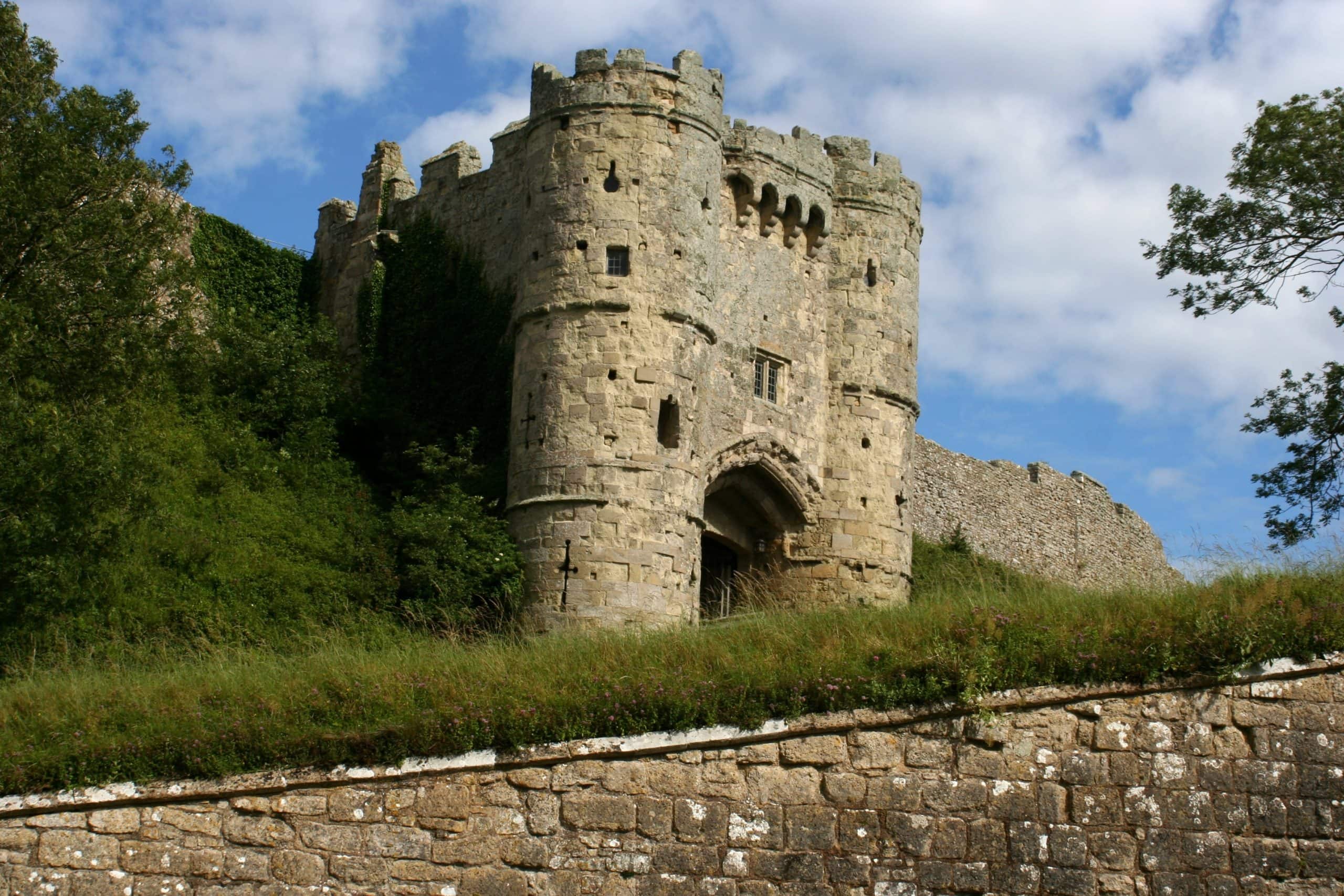
Carisbrooke experienced its only serious action in 1377, when it was unsuccessfully attacked by a French raiding force. The castle was not part of the chain of “Device Forts” installed by Henry VIII, and it was only when Elizabeth came to the throne that the castle resumed its defensive role. Elizabeth installed her cousin George Carey as Captain of the island in 1583, and he was responsible for a great deal of interior improvements to the castle and the installation of a new artillery platform.
One of the most famous episodes in Carisbrooke’s history occurred in the 17th century. Following his defeat in the English Civil War, King Charles I was imprisoned at the castle for fourteen months before his execution in 1649. His accommodation seems to have been pleasant and his treatment kindly. He made two attempts to escape, both of which failed, one of them after he became wedged in the window bars. His youngest daughter died here in 1650. By the 19th century, Carisbrooke Castle was in a poor state of repair. It was not until 1896 that a local historian and architect began to restore the castle under the patronage of Princess Beatrice, youngest daughter of Queen Victoria, when she was Governor of the Island. Princess Beatrice was also responsible for the creation of the Carisbrooke Castle Museum.
